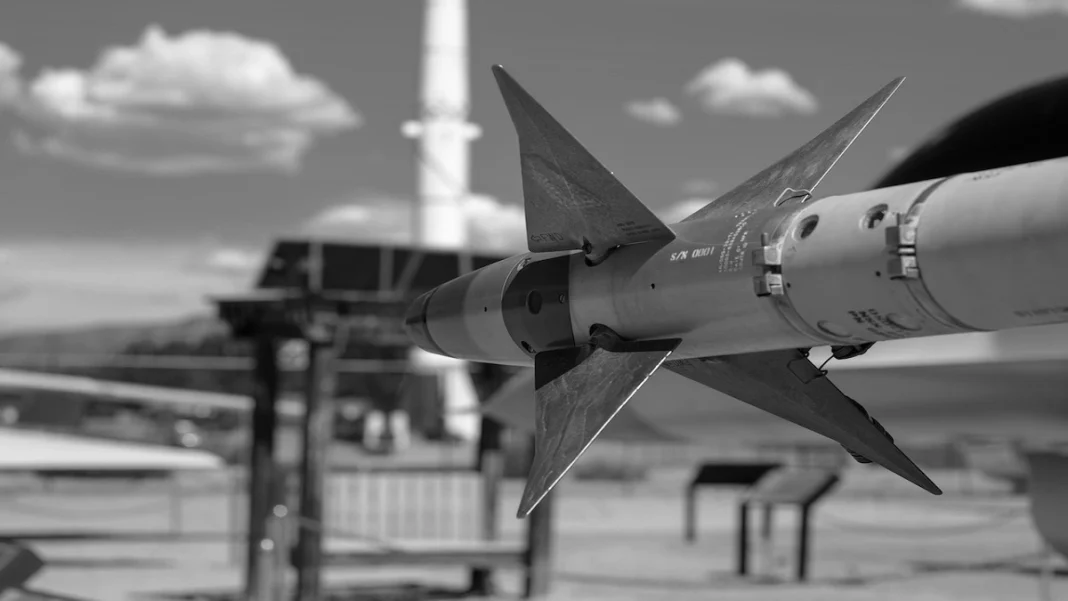The Agni 5 missile, a long-range ground ballistic missile from India, underwent a successful test launch on Thursday night of December 15.
The test was conducted from A P J Abdul Kalam Island, located on the coastline of Odisha, by the Strategically Forces Command (SFC), which manages the Agni-5. Just several months afterward China fired its long-range missile, and the SFC thoroughly inspected Agni 5 for the initial time in October of last year.
Following the Chinese and Indian military engaged in combat at the Boundary of Absolute Control in Tawang, Arunachal Pradesh, just several days have passed since the most recent test. In addition to Beijing and other Chinese cities, Agni-5 can reach targets between 5,000 and 5,500 kilometers. Here is the Agni 5 latest news on the missile’s main characteristics and development process.
The Agni 5 Missile: What is It?
Indian Defence Research and Development Organization (DRDO) developed the fastest nuclear-capable missile in the world with three solid fuel stages.
As part of the Integrated Guided Missile Development Program, directed by researcher and ex-president Dr. A P J Abdul Kalam, a key player in India’s missile and space projects, the manufacturing of Agni missiles began in early 1980.
What was the Most Recent Agni-5 Missile Test For?
Numerous Agni 5 missile tests have been conducted since 2012. Several innovative products on the missile panel were validated during the most recent test, according to experts in the Defence department. Throughout the operation, including through the forces deployed in the water, radars, range stations, and tracking systems tracked and monitored the missile’s flight performance.
The stances of genuine nuclear barrier and No Initially Use, which are essential components of India’s nuclear strategy and were first announced in 2003, were emphasized in the Ministry of Defence’s statement on the occasion of the previous experiment in October 2021.
This indicates that India only intends to deploy nuclear weapons in a reprisal in case of a confrontation and that the inventory is solely kept in place to prevent India from being attacked.
Who Takes Part in the Test?
The SFC, which conducted the Agni 5 missile test, is an essential tri-services organization that oversees and controls all comparative advantages for the Indian Nuclear Command Structure.
The only entity that can sanction the use of nuclear weapons is the Nuclear Command Council. It has an Executive Council and a Legislative Council. As chairman of the Political Council, the Prime Minister serves as the head of government. The National Security Director serves as the Executive Council’s chair, receiving instructions from the Political Committee and contributing to the Nuclear Control Authority’s judgment process.
At the Line of Actual Control (LAC) in Arunachal Pradesh, Chinese and Indian soldiers fought. Each side’s forces lost several soldiers. However, none of the forces reported any fatalities.
Agni-III has a range of 3,000 km, Agni-III has a capacity of 2,000 km, and Agni II can fly up to 2,000 km. The current variant, Agni IV, can strike the enemy at a distance of 4,000 km. Given its ability to nearly cover the whole Chinese mainland, the Agni 5 missile, a strategic missile with a maximum range of 5000 km, is generally accepted to be directed at China.
Also Read: India’s 5g Network: Changes to Your Life with Next-Generation Technology
Josie Patra is a veteran writer with 21 years of experience. She comes with multiple degrees in literature, computer applications, multimedia design, and management. She delves into a plethora of niches and offers expert guidance on finances, stock market, budgeting, marketing strategies, and such other domains. Josie has also authored books on management, productivity, and digital marketing strategies.


